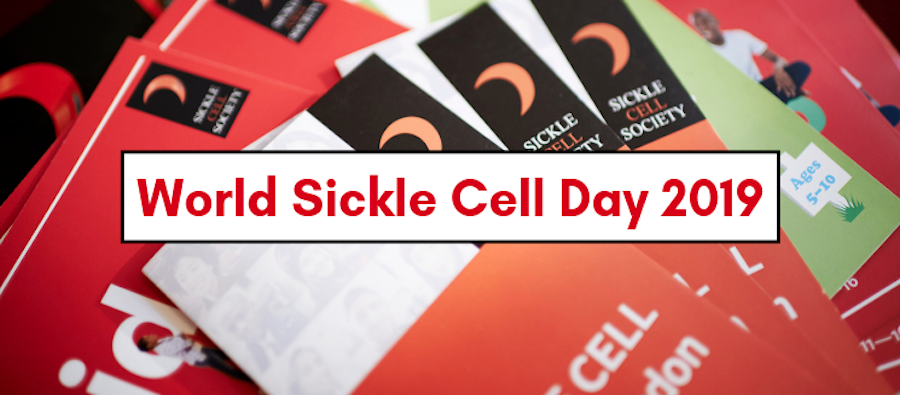 June 19 was celebrated as World Sickle Cell Day.
June 19 was celebrated as World Sickle Cell Day.
World Sickle Cell Day is a day recognised by the United Nations day to raise awareness of sickle cell at a national and international level. On December 22, 2008, the United Nations General Assembly adopted a resolution that recognises sickle cell disease as a public health problem and “one of the world’s foremost genetic diseases.” The resolution calls for members to raise awareness of sickle cell on June 19 of each year nationally and globally.
What is Sickle Cell (SCD)?
Sickle cell disorders are a group of illnesses which affect your red blood cells. Sickle cell is a genetic condition, which means it is passed on from your parents and you are born with it; you cannot catch it from other people.
Sickle cell disorders cause your normally round and flexible blood cells to become stiff and sickle-shaped, stopping the blood cells, and the oxygen they carry, from being able to move freely around the body. This can cause episodes of severe pain which are referred to as sickle cell crisis. Strong painkillers such as morphine are needed to control the pain.
People with sickle cell are also at risk of complications such as stroke, acute chest syndrome, blindness, bone damage and priapism (a persistent, painful erection of the penis).
Over time people with sickle cell can experience damage to organs such as the liver, kidney, lungs, heart and spleen. Death can also result from complications of the disorder. Treatment of sickle cell mostly focuses on preventing and treating complications.
Symptoms of Sickle Cell
Chronic (long term) anaemia – when there are not enough red blood cells or Hb in your body.
Unpredictable Pain (crisis) – When the blood vessels get blocked, it can cause pain and swelling in the area, also known as a crisis.
You may get tired easily or experience fatigue – constant tiredness, feeling weak or lacking in energy because of the anaemia.
Jaundice – yellowing of the whites of the eyes and skin.
The Sickle Cell Trait
Sickle cell trait is inherited when only one of your parents has passed on the sickle gene, and this will never develop into sickle cell disorder. If you do not have symptoms from sickle cell disease, it is a good idea to have a blood test to see if you have sickle cell trait. If you have the trait, the majority of red cells in the blood are normal, round-shaped cells. Some sickle-shaped cells may be present under certain conditions.
The trait is not an illness, but if you are planning to have children, then certain factors have to be considered. If your partner does not have sickle cell trait, then any children you have will not have sickle cell disorder, but they could have the trait (50 per cent chance). If you and your partner both have the trait, there is a 25 per cent chance that any child conceived may have sickle cell disorder and a 50 per cent chance they will have the trait.
Source: Sickle Cell Society




